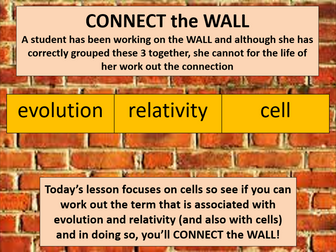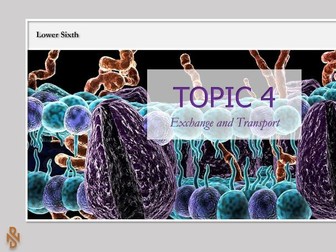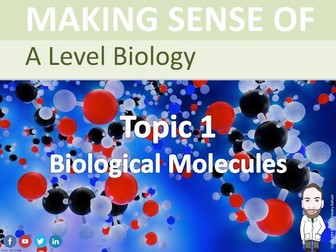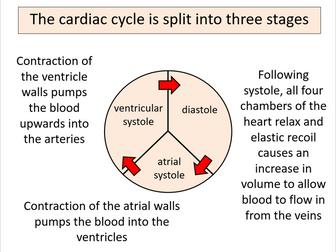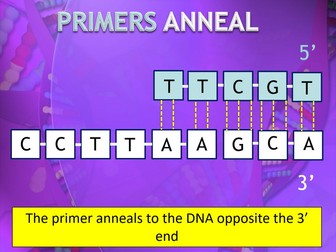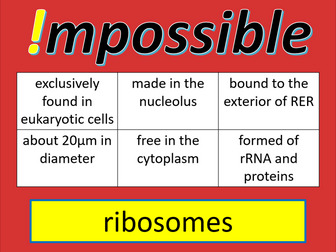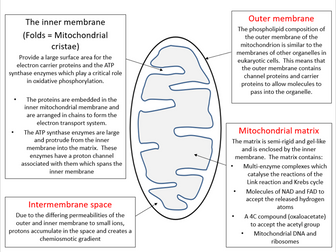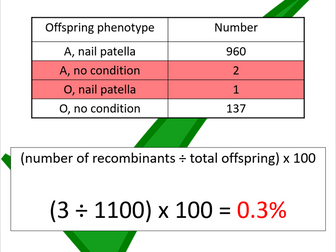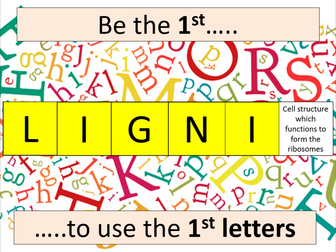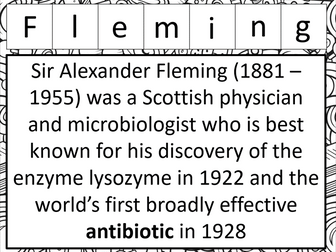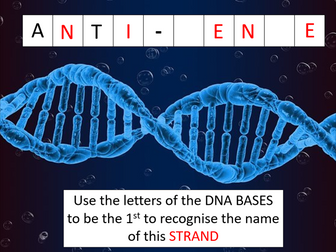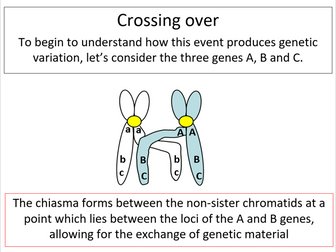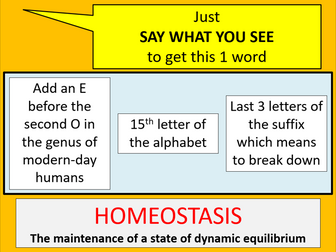
Antibiotic resistance (Edexcel A-level Biology B)
This lesson describes the development and spread of antibiotic resistance in bacteria and discusses the difficulties in controlling this spread. The PowerPoint and accompanying worksheet have been designed to cover specification points 6.4 (i & ii) of the Edexcel A-level Biology B specification
President Trump’s error ridden speech about antibiotics is used at the beginning of the lesson to remind students that this is a treatment for bacterial infections and not viruses as he stated. Moving forwards, 2 quick quiz competitions are used to introduce MRSA and then to get the students to recognise that they can use this abbreviation to remind them to use mutation, reproduce, selection (and survive) and allele in their descriptions of the development of resistance by evolution through natural selection. The main task of the lesson challenges the students to form a description to explain how this strain of bacteria developed resistance to methicillin, making use of the five key terms emphasised above. Moving forwards, there is a focus on the hospital as the common location for MRSA infections and students will recognise that this opportunistic pathogen can infect through open wounds to cause sepsis and potentially death. Figures from infections and deaths in hospitals in the US are used to increase the relevance and students will learn how a MRSA prevention program in VHA facilities includes screening of surgery patients to try to reduce its impact. The lesson concludes with a discussion about other methods that can be used by hospitals and general practitioners to reduce the spread of MRSA and to try to prevent the development of resistance in other strains.

